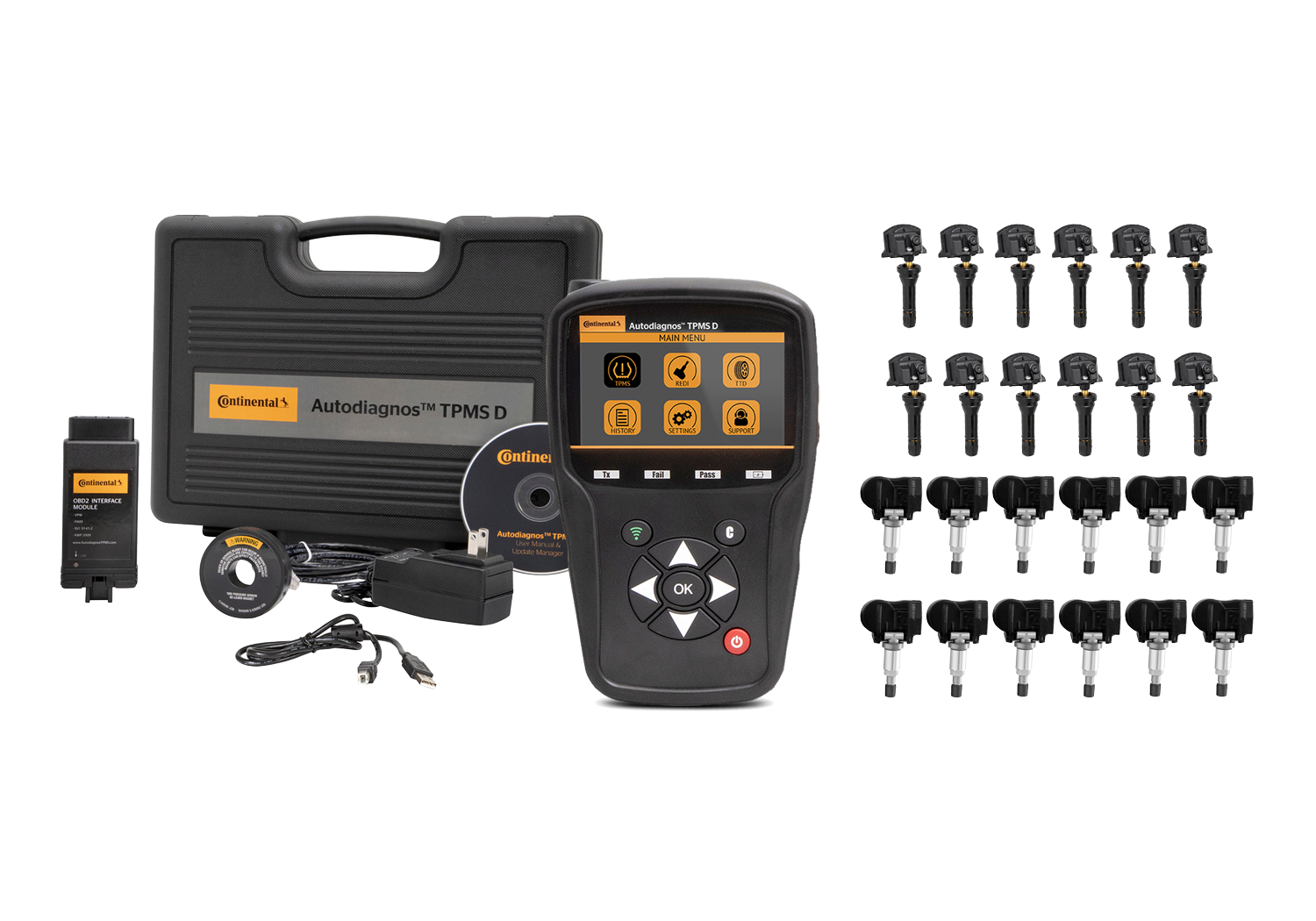New Tires, Now What?
So you just purchased a new set of tires, but now what? We guide you through the new tire experience and provide you with helpful tire tips for the proper maintenance to ensure a confident drive no matter where the road takes you.
Breaking-In Your Tires
Your new tires have been installed on your vehicle and you’re ready to take on any driving condition imaginable – right?! WRONG. New tires require a break-in period to ensure maximum performance.
New tires should be driven a few hundred miles on dry roads to rid the tread of parting agents and antioxidants applied during tire production. When tires are cured, a release lubricant is applied to prevent the tires from sticking to the mold. By driving on the tires for a few hundred miles, these lubricants will wear off and allow the tire components to begin working together. Not until the tread is slightly roughened will you be able to feel a tire’s true gripping power.
Check Your Tire Pressure on a Monthly Basis
Take a few moments at the beginning of each month to check your tire pressure. The recommended tire pressure for your vehicle can be found in your owner’s manual and on the sticker located on your driver’s door frame. Tire pressure should be checked when tires are cold (when the vehicle has not been driven for at least three hours). Make sure that your tires have the recommended amount of air in them. If they have too little, add air. If they have too much, remove air. Driving with incorrect tire pressure can have a negative influence on tire wear, directional stability, cornering, braking grip, and general handling behavior. Make it a monthly habit to monitor tire pressure to ensure optimal performance.
Rotate & Balance Your Tires
To achieve uniform wear and to maximize tread life, your tires should be rotated and balanced on a regular basis. Follow the vehicle manufacturer’s recommendation for the rotation pattern and interval. Unless otherwise specified by the vehicle manufacturer, rotate and balance your tires every 6,000 to 8,000 miles or sooner if uneven tread wear begins to appear.
Check Your Alignment
Proper alignment is key to tire wear, comfort, and fuel efficiency. If your vehicle’s suspension is out of alignment, there is uneven pressure on the tires that can cause your car to work harder on the tires than it needs to. Additionally, when your car works harder, it burns more fuel. Keep an eye on your alignment for a confident and comfortable ride. It’s a good idea to do check your alignment about every six months.
Once your new tires are installed, follow these tire tips for basic tire maintenance to ensure a smooth ride ahead!
